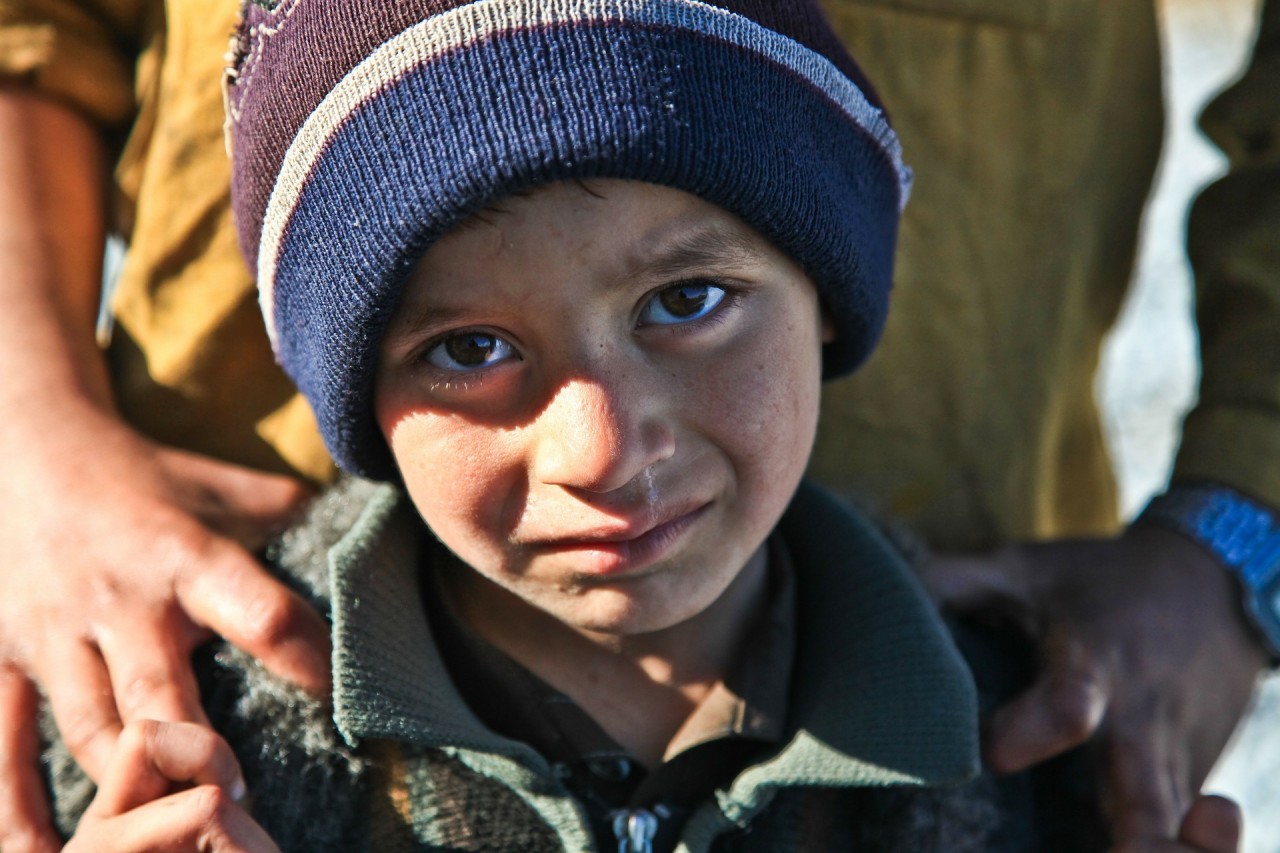~~~~~~~~~~~~~~~~~~~~~~~~~~~~~~~
Bullying is nothing new but identifying the problem early is crucial to keep it in check. And the obvious starting point is the home, writes Intan Maizura Ahmad Kamal.
PING. A WhatsApp message came in as I was getting ready for work one morning. It was a video clip forwarded by a friend. My usual practice with such things is to simply press the delete key. But this particular message caught my attention and though harassed for time, I pressed ok to view.
Up came a horrifying scene of a bunch of young boys exacting torture on another boy, whose wails of horror and agony tugged at my heartstrings. Transfixed, I couldn’t imagine how it was possible for those so young to possess so much aggression and be devoid of pity.
Hours later in the office, talk whirled about the six-minute video clip I’d seen. It seemed that the incident had taken place at Asrama Anak Yatim in Jejawi, Kangar in Perlis.
The victim, a Year 5 student, was apparently beaten up because he hadn’t cleaned the room when it was his turn to do so. I discovered later that the incident, according to acting deputy Inspector General of Police Datuk Seri Mohamad Fuzi Harun, had been reported in June.
There was also another bullying incident that went viral, showing nine students being bullied at a location believed to be at the dormitory of a school hostel. This particular clip is slightly under five minutes. Consequently, a directive was issued to all State police chiefs to identify schools where bullying cases are rampant.
GETTING YOUNGER
When I was at secondary school in England many moons ago, bullying was part and parcel of school life.
Although I was lucky enough not to have been an object of anyone’s hate radar (only because I straddled between “jock-dom” and “nerd-dom ” and thus didn’t really belong in any specific camp), I did know of fellow students who had to endure a tortured existence every time they set foot on school grounds.
One was an object of envy because she was smart and thus had to suffer for having a brain. Another girl was easy prey simply because she was small, meek and stuttered, and thus made for a most delicious target.

The bullies were a bunch of 13-year-old girls, whose leader was some one famed for being thick as two planks but commanded attention by sheer aggression. Even the teachers stayed out of their way.
Those who didn’t would find their car tyres slashed come school dismissal time.
Fast forward to today.
Bullying continues to be alive and has even evolved into a more sophisticated form, thanks to social media.
Cyberbullying is the newest type of bullying, one that’s constantly changing as new technology and social media sites are introduced.
The boundary of bullying has been expanded thanks to the cyberworld, and kids today can be bullied 24 hours a day, seven days a week regardless of where they are.
Even the bedroom is no longer a safe haven. As if that isn’t worrying enough, bullies are getting younger.
According to statistics released by the police, 307 cases of juveniles causing hurt to others were recorded in 2011.
One case involved culprits aged between 7 and 10. The report also showed that 432 youths were arrested that same year (2011) for bullying. The majority of them were between 16 and 18.
Of the remaining arrests, 87 youths were aged 13 to 15, while the rest were 12 and below.
IDENTIFYING THE PROBLEM EARLY
Bullying is nothing new but we should be concerned. But what might be seen as bullying by some, might not by others, points out parenting expert and author Jamilah Samian.
“Some parents choose not to act, although their child reports about being bullied.
They feel that as long as the bullying ‘isn’t serious’, it’ll add to their kid’s resilience.” But this, cautions, Jamilah, isn’t a smart attitude to adopt.
Rampant bullying , adds the mother-of-six, is one of the reasons why more parents end up home-schooling their children or sending them to schools which they feel provide a relatively safer environment, despite the school of their choice being nearby.
Children, says Jamilah, bully for different reasons. They might have seen it done on TV, by other adults or kids.
“When they do it, it gives them some kind of perceived power, a sense of pleasure and a feeling of superiority over those they bully.” There’s also the “group think” mentality, adds Jamilah.
“Sometimes when a kid is in a group, the psychological implications include imitating whatever the group leader and group members are doing.
You end up losing your sensibilities despite what your parents and other responsible adults have taught you.” The desire to fit in can lead a perfectly “normal” child to resort to bullying.
After all, says Jamilah, being left out isn’t a comfortable feeling. Every child, believes Jamilah, has great potential and is a gift to the world.
However, if the potential isn’t nurtured in a positive way as he/she grows up, and nobody takes the trouble to mould his/her character and sense of purpose in life, the child will just end up trying to find his/her own purpose — and that might not be positive.
“We need adults to draw out the good in every child but it takes commitment,” says Jamilah.
“Kids need to see for themselves what “good behaviour” is all about.
Good behaviour (positive words and actions) appeals to our basic human instincts and motives. Show them what good behaviour is by your words and actions.”
START FROM THE HOME
Some kids are raised in families where they’re privy to domestic violence from the day they’re born, adds Jamilah.
“Although we often hear people say such kids are the ones who’ll grow up as bullies, this isn’t necessarily true.
Yes, some of these kids might end up as bullies, but some actually develop such an aversion to domestic violence or bullying that they become very responsible adults who’d never hurt anyone.
“This is the tricky thing about human nature.
Two persons might have seen, felt, experienced the same thing, yet what they get out of it might be entirely different.” There are creative and proactive ways to keep bullying in check, starting from the home.
Storytelling or reading to your children is one way, advises Jamilah. “Get a book on bullying and read the story to your kids.
From the story, ask them questions like ‘What happened? Who’s the bully? What’s bullying?’ Put a name to the act.
Pose them more questions such as ‘What if you’re the bully? What if you’re the one being bullied? What if you happen to see someone being bullied? Do you walk away?’ Make them think.”
Parents can also chat to their children about a related report that they’ve read in the papers/ magazine/online and make it a conversation starter.
This, believes Jamilah, is how you build empathy and awareness.
“Listen to your children’s responses and guide them accordingly.” What happens when parents find out that it’s their child who’s the aggressor? Jamilah replies: “It depends on several factors such as the child’s age and developmental stage, and the nature or seriousness of the bullying.
You may need to dish out a combination of stern action and lots of love. If stern action has been implemented, give the child the time and space to prove he/she has changed.
There’s no ‘one size fits all’ method to deal with bullying.” If a child is an aggressor, he/she must first experience remorse or guilt in order to change, says Jamilah.
“If you do nothing, things will stay the same. If you’re told that your child is the bully, don’t downplay it. Even if you’ve never seen it with your own eyes, accept that it’s possible.
Choose to work together with the school authorities.” Adds Jamilah: “Parents must accept responsibility for their children’s behaviour, and work together with the school to avoid a recurrence.
For older children, especially teenagers, they must be accountable for their actions, and not blame it on their parents/ teachers.”
BRING OUT THE GOOD
Jamilah believes that there’s always hope and that given the right guidance, a bully can find the good in himself and become a better person.
“Perhaps, if he/she is good in something, he/she can tutor or teach younger kids under strict supervision.
You don’t want the bully to think “I’m a bad person. I’ll never be good.” You want the bully to realise that he/she is born with a noble purpose in life.” It’s important to focus on character-building, sense of selfworth, and most importantly, respect , concludes Jamilah.
“Bullying takes place because the bully has no sense of respect towards the person being bullied.
Bullying is a form of arrogance, which must be checked early on before it rears its ugly head in the adult.”
THE FOUR COMMON TYPES OF BULLYING
Physical — includes hitting, kicking, tripping, pinching, pushing or damaging property
Verbal — includes name-calling, insults, teasing, intimidation, homophobic, racist remarks or verbal abuse
Social and Emotional (also called ‘relational bullying’) — includes behavioural action designed to harm a child’s reputation, or cause humiliation, like lying and spreading rumours, negative facial gestures, playing mean jokes to embarrass or humiliate a child, mimicking the child in a mean way, encouraging social exclusion of a child.
Cyber — includes taunting or humiliation through social media sites (Facebook, Twitter), or the Internet verbal or emotional bullying through chat rooms, instant message or texting, posting photos of other youth on rating websites.
(Source: www.erasebullying.ca)



